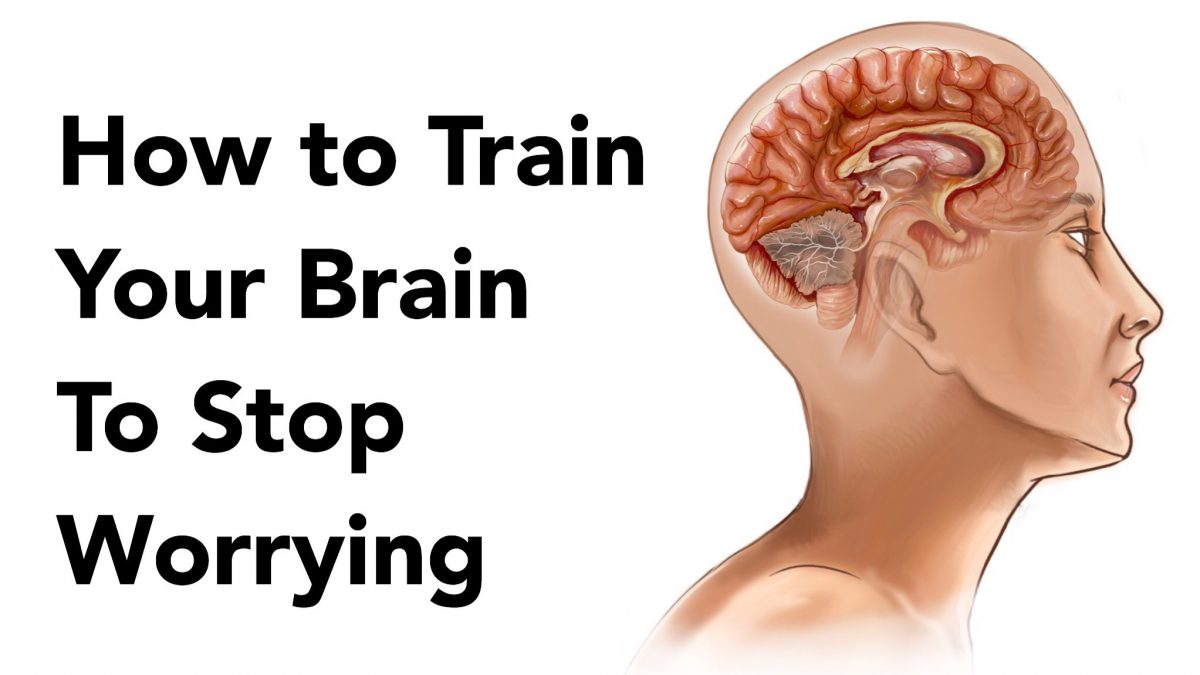Worrying is an unnecessary evil when it comes to your mental health. Some consider it simply a bad habit that can be unlearned with practice. Some think that worrying may serve a purpose for the brain by helping us to learn from past experiences and prepare for new ones. Whether good or bad, worrying occupies our brain by focusing on an uncertain future that we can’t control.
It is said that depression is focusing on past events that you wish you could change, and that worrying is focusing on future events that you have no control over. It could also be said about worrying that you only think you have no control over the future when you can actually choose to take action to help prepare for whatever it is you are worried about. In this article, we will look at active ways that you can help train your brain to stop worrying.
HOW TO TRAIN YOUR BRAIN TO STOP WORRYING
1. STOP YOUR BRAIN FROM WORRYING BY WRITING IT DOWN
When you are training your brain to stop worrying, this one technique is said to be the most valuable. If your brain is keeping you up at night by thinking about something, put it down on paper or electronic format. Doing so lets your brain breathe a mental sigh of relief by no longer having to spend energy trying to remember these details. If you’re worrying about what to serve for a gathering of friends, write down ‘What to serve?’
Writing it down also is a way for you to put your brain on notice and tell your brain ‘This is important enough to write down.’ Your brain has now been alerted to put resources toward solving this problem rather than being worried or having to remember the important thing to worry about.
Why write it down? Researchers now have evidence that chronic worriers may be chronic problem avoiders too. Scientists in the journal Anxiety, Stress & Coping gave worriers an opportunity to write down three possible outcomes for the situation they were worried about, then they analyzed their answers for practical solutions. The scientists say ‘When participants’ problem elaborations were rated for concreteness, both studies showed an inverse relationship between degree of worry and concreteness: The more participants worried about a given topic, the less concrete was the content of their elaboration. The results challenge the view that worry may promote better problem analyses. Instead, they conform to the view that worry is a cognitive avoidance response.‘
2. MEDITATE FOR A WORRY FREE BRAIN
Meditation can help train your brain to stop worrying. Researchers in the journal Psychosomatic Medicine studied the effects of meditation and found that meditation is particularly good for reducing cognitive anxiety, or worrying. Although some people believe that they do not have time to meditate, meditation is as easy as choosing to close your eyes right now for 30 seconds or longer. The act of choosing to tune out other sources of stress is an active step to train your brain to stop worrying.
A few moments where you consciously choose to avoid any non-natural noise in your life will allow you to get centered around what is most important to you, now and in the future. Worrisome thoughts may come to you while you meditate, and this is normal. Those who have mastered the art of brain training to stop worrying recommend observing worrisome thoughts as they enter the mind and simply watching them pass like clouds on a breezy day.
3. EXERCISE TO TRAIN YOUR BODY AND YOUR BRAIN TO STOP WORRYING
Worry is how your brain learns to survive by deciding to activate the fight or flight system. If a cougar jumps out at you, you instantly feel a rush of adrenaline, and this fear response is the same thing that is happening to your body when you worry, just at a much lower level over a longer period of time.

The same study in the journal Psychosomatic Medicine found that exercise, on the other hand, is good for when your body feels the symptoms of anxiety, like jitteriness. If your body feels less of the physical symptoms of stress, your mind will interpret that there must be less to worry about because the body is not in a state of heightened arousal.
Exercise seems to give the body a secondary reason for the rapid heart rate and perspiration that we may feel on a small level when we worry. Exercise can help lower blood pressure, which is another physical symptom of stress in the body. If you can identify that you are worrying, go for a 5-10 minute walk, outside if possible. Appreciate the sights and sounds of nature while focusing on the motion of your limbs and the breaths that you take.
